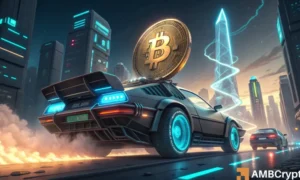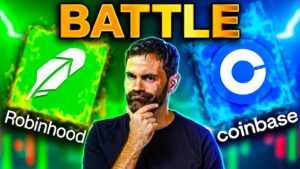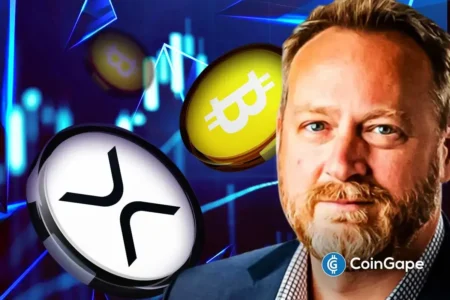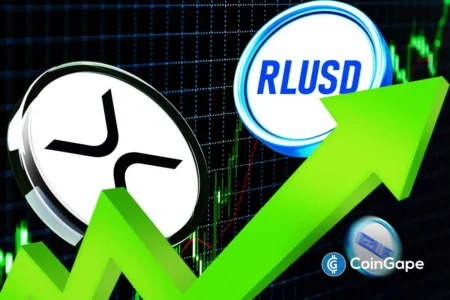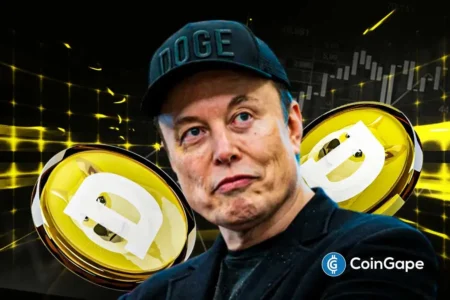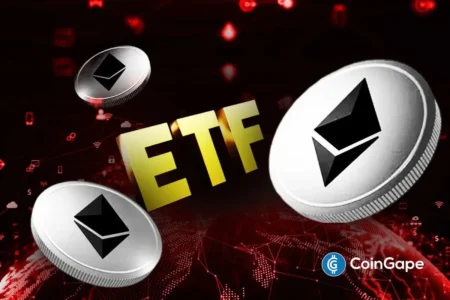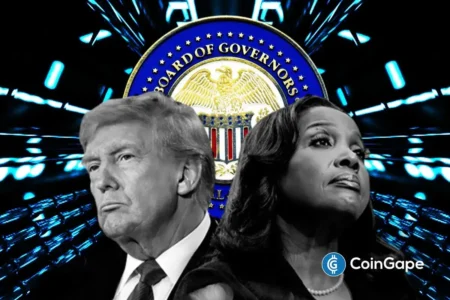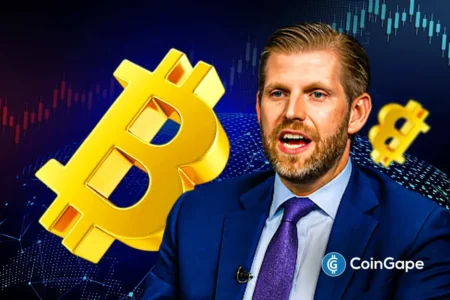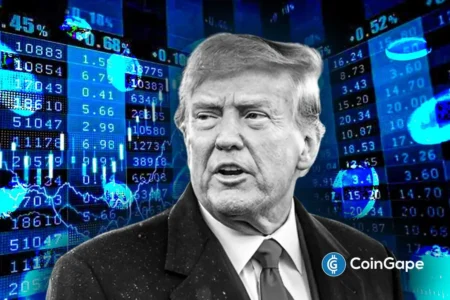The Ripple-BlackRock Conspiracy Theory: Debunking the Allegations
In recent days, a controversial theory has emerged on the social media platform X, suggesting a clandestine cooperation between Ripple and BlackRock focused on creating a tokenized global financial system, utilizing XRP’s infrastructure. While some claim that the ongoing XRP lawsuit is integral to this alleged alliance, former SEC lawyer Bill Morgan provides a critical view, asserting that the lawsuit doesn’t bolster these conspiracy claims.
Understanding the Allegations
The conspiracy theory posits that Ripple and BlackRock are working on parallel financial systems, supported by interconnected elements like Aladdin, XRP Ledger, and tokenized U.S. Treasuries. Proponents of the theory, such as the user Stellar Rippler, argue that these components indicate a deeper relationship that underscores the ambition of both entities. This theory gained momentum partly due to BlackRock CEO Larry Fink’s vision for a digital future, emphasizing the importance of digital identity.
Dissecting Legal Connections
Critics claim the outcome of the XRP lawsuit provides essential legal clarity for XRP, potentially enabling Ripple’s collaboration with BlackRock on tokenized assets. This narrative gains weight due to the links between Ondo Finance co-founder Nathan Allman and key figures in both Ripple and BlackRock, including former SEC Chair Gary Gensler. However, Marc Fagel argues that the lawsuit’s timeline contradicts the narrative. He points out that the case was initiated during the Trump administration under Jay Clayton, well before Gensler assumed office.
The Ripple-BlackRock Intersection
The speculation around a Ripple-BlackRock synergy deepens with intriguing overlaps between BlackRock’s $XDNA ETF, aimed at health and genomics, and the DNA Protocol ($XDNA) project on the XRP Ledger. This coincidence in ticker symbols suggests possible connections between the two companies, particularly in decentralized identity and genomics. The XRP Ledger has also positioned itself to support critical infrastructures in finance, and this link raises questions about the partnerships that may unfold.
Potential for Tokenization
An essential aspect of the conversation is the XRP Ledger’s ambitious tokenization roadmap. This encompasses real estate, treasuries, commodities, and even carbon credits—areas that align closely with BlackRock’s strategic objectives. Experts have noted parallels between the two firms’ plans, particularly the rumors surrounding BlackRock’s Aladdin system testing XRP Ledger for cross-border payments. This overlap has led to increased speculation about a potential partnership, drawing attention to the synergy in tokenization strategies.
The Role of Regulatory Frameworks
An important dimension of this discourse includes the adoption of ISO 20022 by Fedwire, a payment messaging standard also utilized by the XRP Ledger. The harmonization of these systems could pave the way for seamless transactions between Ripple and BlackRock’s platforms. Supporters of the theory argue that these developments denote more than casual overlap, pointing toward a deliberate strategy to integrate their respective ecosystems.
Challenges and Skepticism
Despite the escalating conspiracy narrative, skepticism remains prevalent. While the technological and strategic aspects of both Ripple and BlackRock may align, the accusations connecting them through the XRP lawsuit have been largely dismantled by legal experts. Then there’s the consideration of market dynamics: both companies face a highly scrutinized environment where cooperation at this scale raises concerns about regulatory implications.
Conclusion: A Call for Clarity
In summary, while the Ripple-BlackRock conspiracy theory presents some interesting correlations and potential overlaps in strategy, many of the claims remain speculative at best. Legal experts like Marc Fagel remind us that the foundations of the XRP lawsuit do not support the alleged connection. As both firms navigate the evolving landscape of tokenized financial systems, continued scrutiny is essential. Given the complexities involved and the regulatory frameworks shaping these entities, distinguishing fact from speculation remains crucial, urging stakeholders to approach such claims critically and methodically.
By keeping the discussion rooted in facts and nonsensical conjectures at bay, we can better understand the implications of these developments in the ever-evolving financial landscape. As we witness technological advancements in the blockchain space, it is essential to remain vigilant and separate speculation from verified information.
